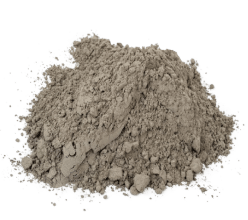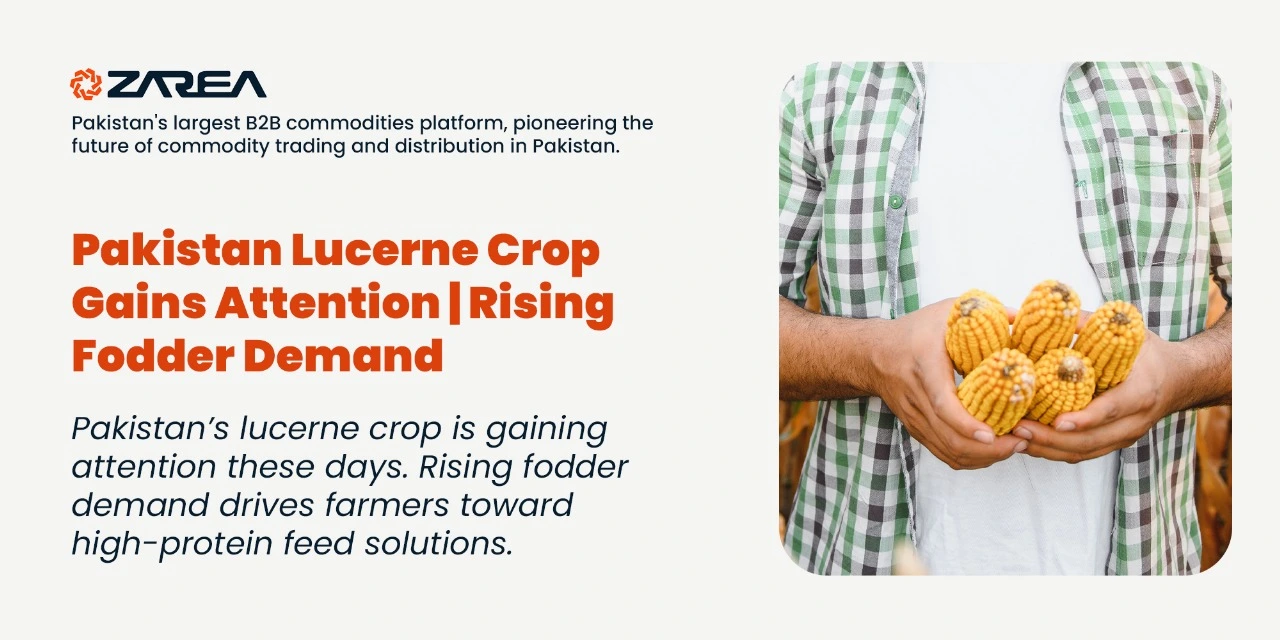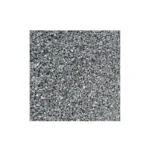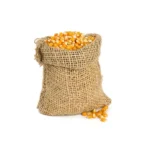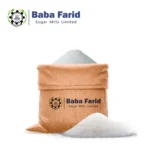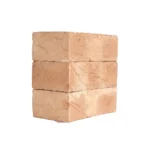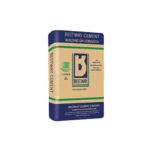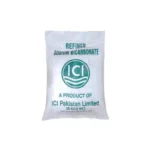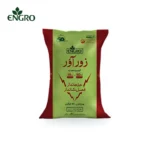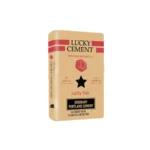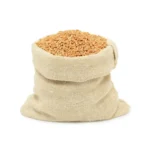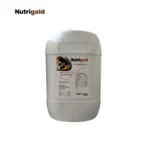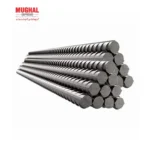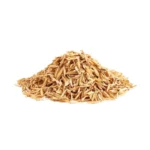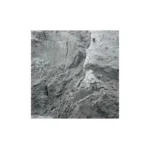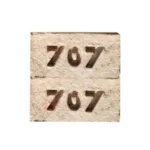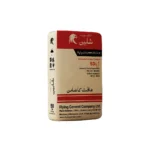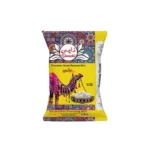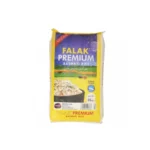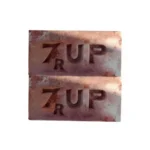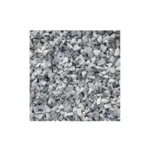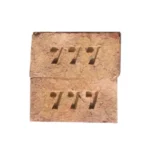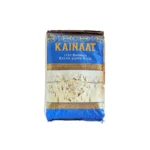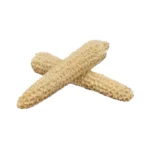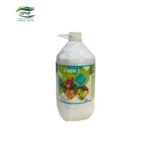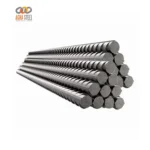Introduction – Lucerne Crop (Alfalfa):
The famous crop (alfalfa) is sometimes referred to as lucerne. The lucerne crop is becoming more and more popular as a high-value feed alternative in Pakistan. Meanwhile the country’s livestock and agricultural industries face increasing difficulties. Moreover, lucerne has emerged as a key crop and has given importance to the livestock sector of the national economy. On the other hand the growing need for wholesome animal feed also depends on it. Farmers and investors alike choose it because of its high protein content. Also, its adaptability to different climates and capacity to improve soil fertility have made it a famous crop.
The Role of Lucerne in Pakistan’s Agriculture:
In Pakistan, lucerne has long been underutilised in comparison to more conventional feed like as berseem, sorghum, and maize. However, the demand for nutrient-rich and sustainable feed is driving its acceptance as the cattle industry grows.
- Nutritional Value: Lucerne provides up to 18 to 22% crude protein. That’s why it’s one of the finest natural feeds for dairy and beef cattle.
- Benefits for the Soil: As a leguminous crop it helps to fix nitrogen from the atmosphere. Moreover, it also increases the fertility of the soil for future harvests.
- Adaptability: Lucerne or alfalfa may be grown in a variety of climates in Pakistan. Whether it’s the semi-arid areas of Sindh and Balochistan or the irrigated fields of Punjab. It’s very easy to grow and harvest this crop.
These qualities make lucerne more than simply a fodder crop. It’s also a cost-effective and soil-enhancing option especially for farmers and those who are looking for long-term sustainability.
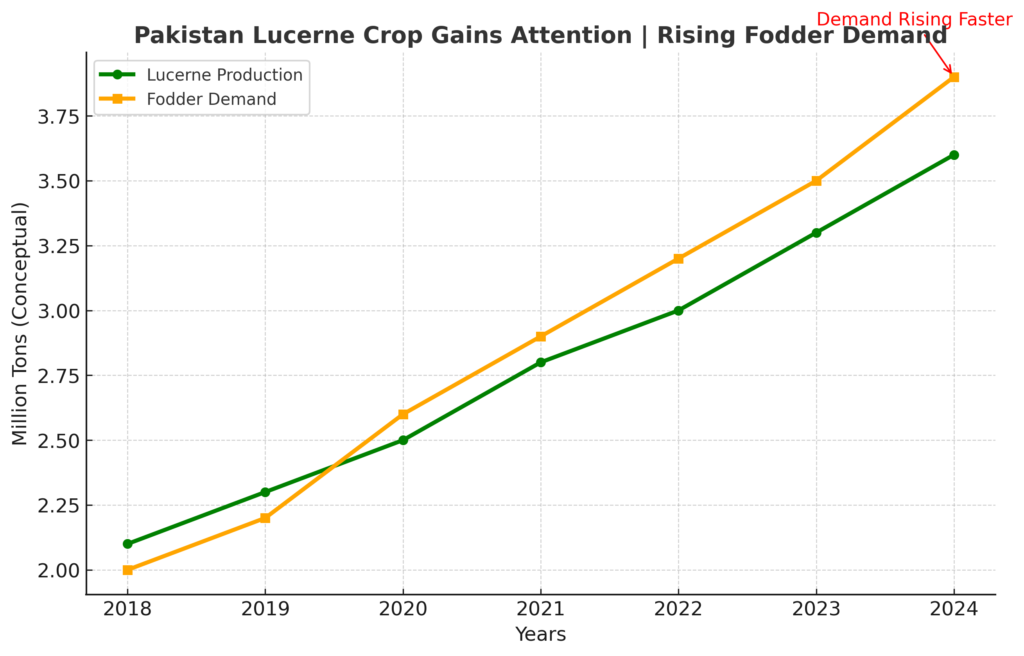
Visit Zarea today to browse product listings, make large purchases, and get the best deals! It is the biggest business-to-business (B2B) commodities marketplace in Pakistan. It is also establishing the norm for the country’s future product distribution and commerce.
Rising Fodder Demand in Pakistan:
Pakistan’s livestock sector is an ongoing and a major source of rural livelihoods so far. Meanwhile, it accounts for around 60% of the country’s agricultural GDP. Therefor meat and dairy export demand is rising in the nation especially from the Middle East.
- Dairy Expansion: As we know Pakistan is the world’s fourth-largest milk producer. That’s why it maintains its productivity which requires a steady supply of feed.
- Meat Exports: The GCC nations heavily import Pakistani meat. Especially the United Arab Emirates and Saudi Arabia put pressure on the country to guarantee a consistent supply of high-quality feed.
- Urbanisation and Feed Costs: Lucerne’s (alfalfa) commercial fodder production is becoming increasingly necessary to supply demand. Especially as the grazing pastures get smaller.
In contrast to seasonal crops that cause feed gaps, the lucerne crop provides a consistent supply of green fodder throughout the year.
Global Context and Opportunities:
Around the world, lucerne is regarded as a high-quality fodder crop, particularly in nations with established dairy and cattle sectors. Alfalfa hay has established export markets in countries including the US, Australia, and Spain. Commercial lucerne cultivation in Pakistan not only meets domestic feed needs but also has prospects for exporting fodder, especially to the Middle East, where demand is rising.
Challenges and the Way Forward:
Despite its promise, there are obstacles to lucerne’s growth:
- Limited Awareness: Because they are unaware of the advantages of lucerne, many farmers continue to choose traditional feed.
- Water Management: Although lucerne is hardy, it has to be watered carefully to get the best results.
- Market Links: Commercialisation is hampered by the lack of structured fodder supply chains.
Pakistan requires organised supply networks and extension services in order to realise its full potential. It also requires awareness campaigns to encourage farmers to grow the lucerne crop. On the other hand its influence might be increased in a smooth way. It happens through collaborations with government programs and commercial agribusinesses.
Final Thoughts:
The lucerne crop is gradually gaining popularity in Pakistan these days. Meanwhile, the livestock industry is looking for affordable, wholesome and sustainable feed supplies. In order to boost livestock production, lucerne has the potential to revolutionise fodder supply. Especially for both locally and abroad prospects it gives into the growing demand for meat and dairy products. It also aids Pakistan’s agricultural exports.
Although the nation is negotiating escalated food security and trade issues. Yet, lucerne may prove to be a pillar of Pakistan’s agricultural future and more than just a fodder crop.
